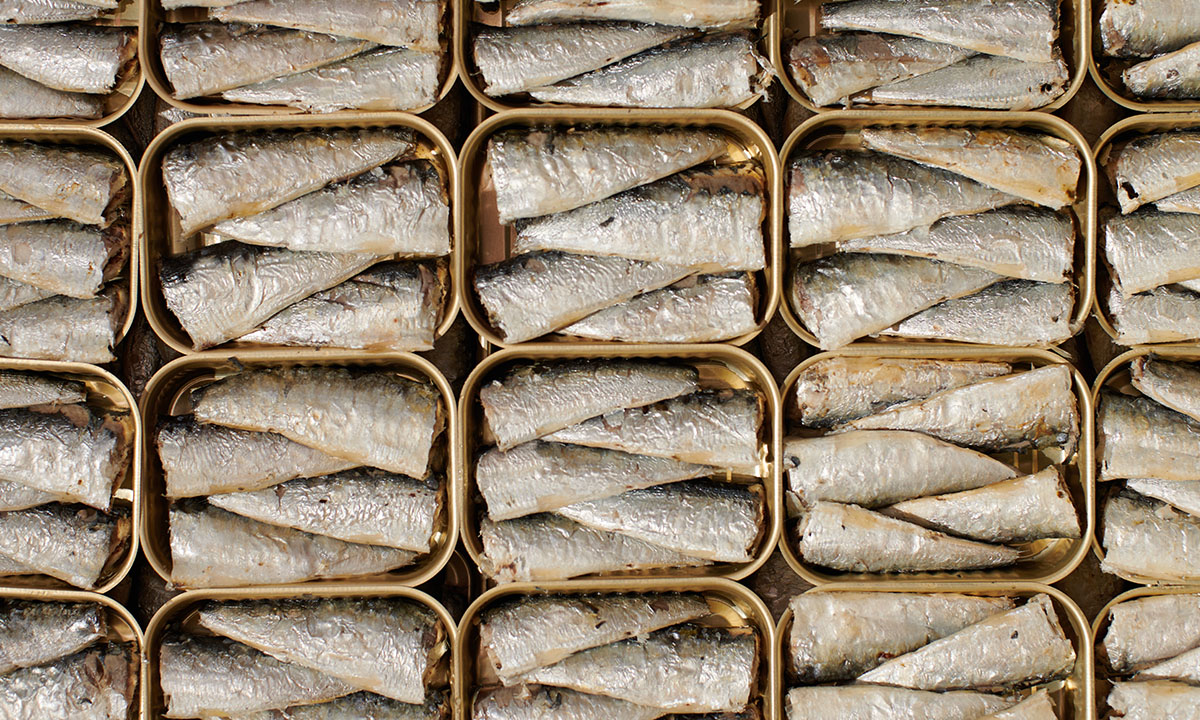The Myth of King D. Sebastião
- King D. Sebastião of Portugal (1554-1578) “The Desired”, impetuous by nature, ascended the Portuguese throne at the age of 14. With the blood of youth boiling in his veins, he had the ambition to relive the glories of Portugal's heroic past. He was determined to gain military prestige and bolster the tradesmen's bourgeoisie with the trade in gold and sugar from North Africa.
Driven by the desire to go down in history as having achieved greatness, D. Sebastião began to prepare his intervention in Morocco, investing a considerable part of the Crown's wealth in building his army. But despite the army being large, it was comprised of inexperienced, poorly disciplined, and very ill-prepared troops. Ignoring the issue of succession by venturing into battle at such a young age without securing an heir to the throne, and despite all the warnings, D. Sebastião led his troops towards Alcácer Quibir to face a well-prepared enemy army that far outnumbered his own. In view of their impending defeat, and worn out by hunger and fatigue, the Portuguese army was decimated in just a few hours. The king then disappeared in combat, aged just 24. This overwhelming defeat further impoverished the Portuguese coffers due to the ransoms demanded for the release of some noblemen serving as knights and culminated in terrible consequences for the country: the King's death dictated the beginning of the end of the House of Avis and of the Golden Age of maritime expansion, ushering in the dynastic crisis that would put the Kings of Spain on the Portuguese throne for the next 60 years.
Alcácer Quibir is, in this brief summary, a lesson in history and a dejá vu for the Portuguese canning industry. As a result of the entrepreneurship with which many manufacturers started, or simply because they seized an opportunity at the right time, the industry prospered hand in hand with the fishermen working in the regions where the canneries were set up, absorbing much of the catch of the fish, especially Portuguese sardine, always much appreciated as a preserve.
The ambition for power and the prospect of growth, excessive and reckless as it was, made room for the temptation of cheap Moroccan sardines, leaving an entire national sector, the fishing sector, shaken and in a downward spiral, inevitably dragging canned goods down with it due to the volatile nature of raw material prices whatever the market or sector.
At Comur we think differently. As always in history, which is cyclical and where everything has been written before, one can prepare for the future, provided we display the shrewdness to understand and contextualize that history. Reading the past and knowing how to value what we have and what we are in an innovative and creative way is always a certain victory. This is the standard raised by Comur, hand on heart, singing the anthem with the Portuguese sardine. Finally, the strategic thinking of the sector is changing, and this has been the path adopted by more and more canneries: a commitment to quality at the expense of quantity.
D. Sebastião is allegedly buried at Jerónimos Monastery, but popular belief created the Myth of Sebastianism, in the hope that he would one day return. That which was so desired never did come to fruition – because it was not prepared, or properly thought through. It was done on impulse. But the prophecy was there, surely, in many stories of the history that preceded it. As in canned goods.

The Fantastic World of the Portuguese Sardine ©2023 all rights reserved
made by Anahory&Monteiro
